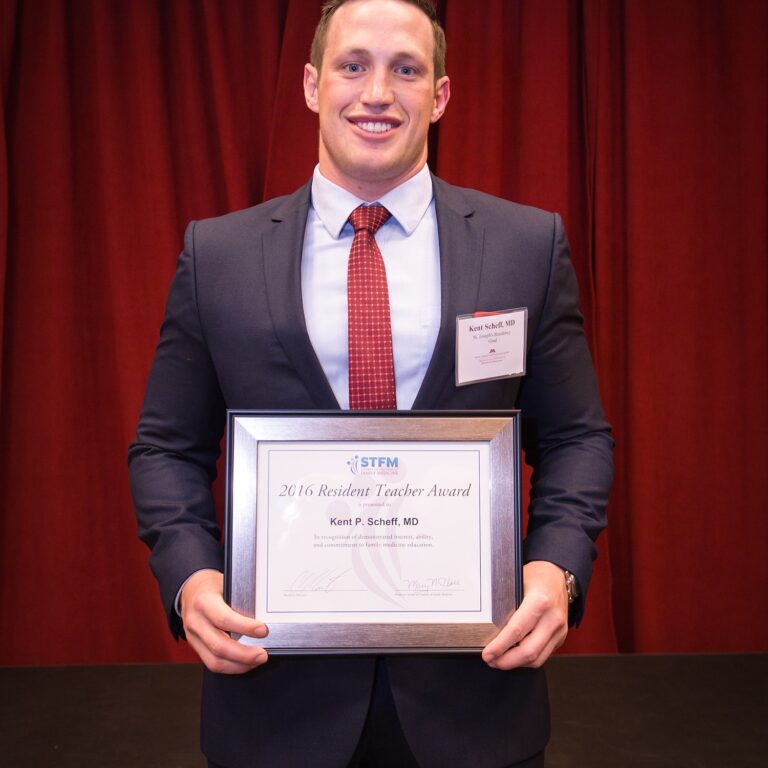
Injury Management in Primary Care Sports Medicine: Dr. Kent Scheff’s Best Practices
In the world of sports, injuries are an inevitable part of the game. Whether it’s a sprained ankle, a torn ligament, or a muscle strain, athletes need comprehensive and effective care to get back to their optimal performance. Dr. Kent Scheff, a renowned expert in primary care sports medicine, has developed a set of best practices to ensure that athletes receive the best care possible. His approach focuses on holistic treatment, early intervention, and personalized recovery plans to ensure that athletes recover swiftly and safely.
1. Early Diagnosis and Assessment
Dr. Scheff emphasizes the importance of early diagnosis. The quicker an injury is assessed, the faster an appropriate treatment plan can be developed. Early intervention helps prevent complications or worsening of the injury, which can prolong recovery times or lead to chronic issues. Dr. Scheff uses a combination of physical examination, patient history, and diagnostic tools such as X-rays and MRIs to pinpoint the exact nature of the injury.
2. Immediate Care and Initial Management
Once a diagnosis is made, immediate care is crucial. Dr. Scheff follows the established R.I.C.E (Rest, Ice, Compression, Elevation) protocol for acute injuries, such as sprains and strains, to reduce swelling and pain. For more severe injuries like fractures or dislocations, immediate referral to specialists may be necessary. In some cases, he advocates for the use of bracing or splints to immobilize the injury and prevent further damage.
3. Personalized Rehabilitation Plans
Dr. Kent Scheff strongly believes in the power of individualized rehabilitation. No two athletes are alike, and each injury may require a unique recovery approach. He tailors rehabilitation programs to each patient’s sport, level of activity, and recovery goals. This approach may include physical therapy, stretching routines, strengthening exercises, and balance training. By focusing on the specific demands of an athlete’s sport, Dr. Scheff ensures that his patients are not just recovering but also improving their functional strength and flexibility.
4. Pain Management and Return-to-Sport Decisions
Managing pain while promoting healing is another key aspect of Dr. Scheff’s approach. He advocates for non-invasive treatments such as ice, heat, and over-the-counter anti-inflammatory medications before considering more aggressive methods like injections or surgery. When it comes time to return to sport, Dr. Scheff uses functional testing to determine whether an athlete is ready to resume full activity. This involves assessing strength, range of motion, and the athlete’s confidence in the injured area.
5. Preventing Future Injuries
Lastly, Dr. Kent Scheff stresses the importance of injury prevention. After an athlete returns to their sport, he continues to work on strengthening weak areas and improving flexibility to reduce the risk of re-injury. He encourages athletes to follow a balanced exercise routine that includes strength training, flexibility exercises, and aerobic conditioning to maintain overall health and prevent future injuries.
Conclusion
Dr. Kent Scheff’s best practices in injury management emphasize a comprehensive approach to recovery. With early diagnosis, personalized care, effective pain management, and a focus on prevention, athletes can not only recover but also return to their sport stronger and less prone to injury. His holistic perspective ensures that athletes receive the best possible care at every stage of the recovery process.
Proudly powered by WordPress. Theme by Infigo Software.